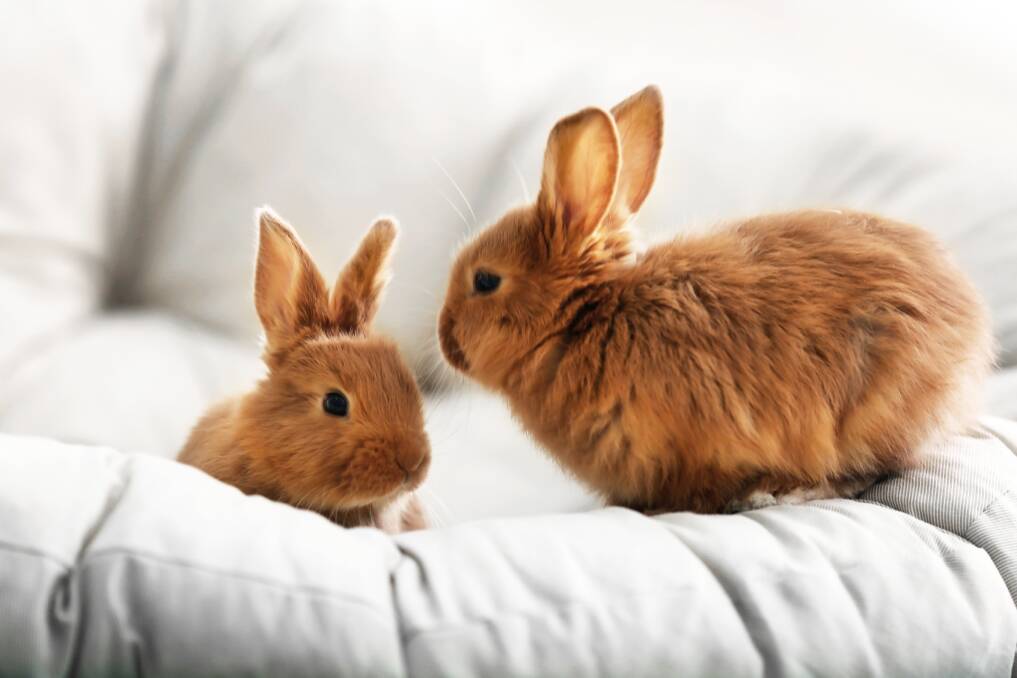Insulating a rabbit hutch can help regulate the temperature inside, keeping your rabbit warm in the winter and cool in the summer. Insulation is especially important for outdoor hutches, as rabbits are sensitive to extreme temperatures. In this article, we will discuss how to insulate a rabbit hutch.
Choose the Right Materials
The first step in insulating a rabbit hutch is to choose the right materials. Some popular materials for insulation include foam board, reflective insulation, and fiberglass insulation. However, it’s important to choose materials that are safe for your rabbit. Avoid using materials that contain chemicals or that your rabbit can chew on and ingest.
Add Insulation to Walls and Roof
Once you have chosen your insulation material, you can begin adding it to the walls and roof of the hutch. Cut the insulation to fit the size of the hutch and attach it with staples or adhesive. Be sure to cover all exposed areas of the walls and roof to ensure maximum insulation.
Seal Cracks and Gaps
Check the hutch for any cracks or gaps that could allow cold air to enter. Seal these areas with caulk or weather stripping. This will help keep the hutch airtight and prevent drafts.

Add Insulated Flooring
The flooring of the hutch is another important area to insulate. This can be done by adding a layer of insulation between the flooring and the bedding. The insulation can be secured with staples or adhesive. Be sure to cover the entire area of the flooring to ensure maximum insulation.
Use Heated Mats
Heated mats can be used to provide additional warmth for your rabbit during colder months. These mats can be placed under the bedding and are available in a variety of sizes and heating options. However, it’s important to use mats that are safe for your rabbit and that have a temperature control feature.
Provide Adequate Ventilation
While insulation is important for regulating temperature, it’s also important to provide adequate ventilation to prevent moisture buildup and maintain air quality. Be sure to provide windows, air vents, or a fan to allow for proper airflow.
Monitor Temperature
It’s important to monitor the temperature inside the hutch to ensure that it stays at a comfortable level for your rabbit. Use a thermometer to check the temperature regularly and adjust the insulation and heating as needed.
Other Considerations
When insulating a rabbit hutch, it’s important to consider other factors that can impact your rabbit’s health and well-being. For example, the hutch should be placed in a location that is protected from the elements, such as wind and rain. It should also be elevated off the ground to prevent predators from digging underneath.
Insulating a rabbit hutch can help regulate the temperature inside, keeping your rabbit warm in the winter and cool in the summer. Choose the right materials, add insulation to walls and roof, seal cracks and gaps, add insulated flooring, use heated mats, provide adequate ventilation, and monitor the temperature regularly. By providing your rabbit with a comfortable and safe environment, you can help ensure their happiness and longevity.
How to make a rabbit hutch more secure?
Making a rabbit hutch more secure is important to ensure the safety of your rabbit. Here are some tips on how to make a rabbit hutch more secure:
Check for damage or wear and tear regularly.
Use sturdy materials to construct the hutch.
Make sure the hutch is elevated off the ground to prevent predators from digging underneath.
Add a strong latch to the door to prevent your rabbit from escaping or predators from entering.
Use wire mesh with a small gauge to prevent predators from chewing through it.
Add a roof or cover to the hutch to protect your rabbit from the elements.
Consider adding a lock or padlock to the door for added security.
Provide a secure outdoor run or playpen for your rabbit to play and exercise in.
Avoid placing the hutch in an area where predators are known to roam.
Use motion-activated lights or alarms to deter predators.